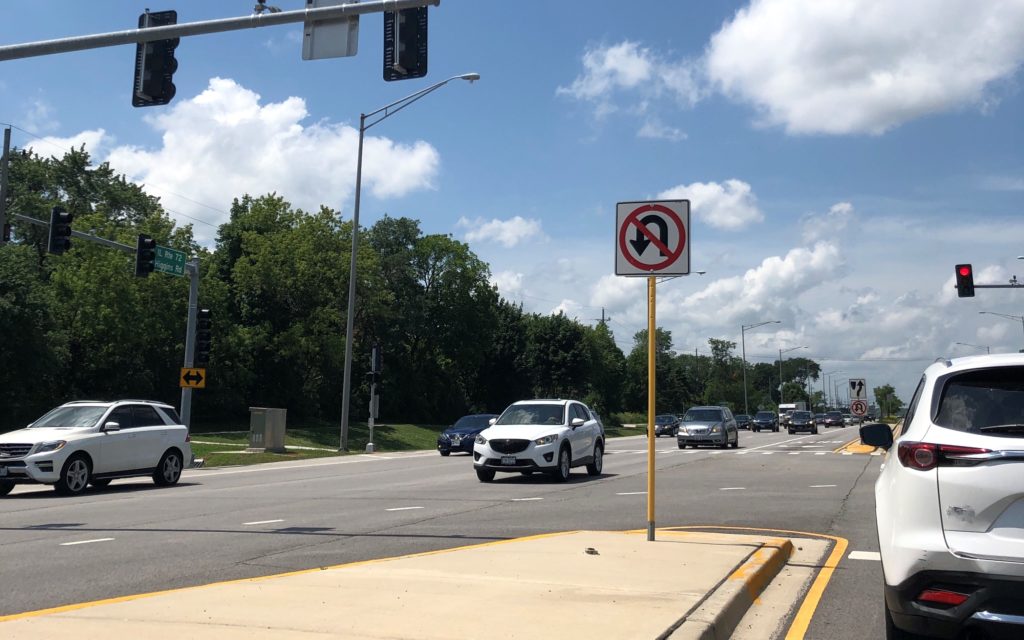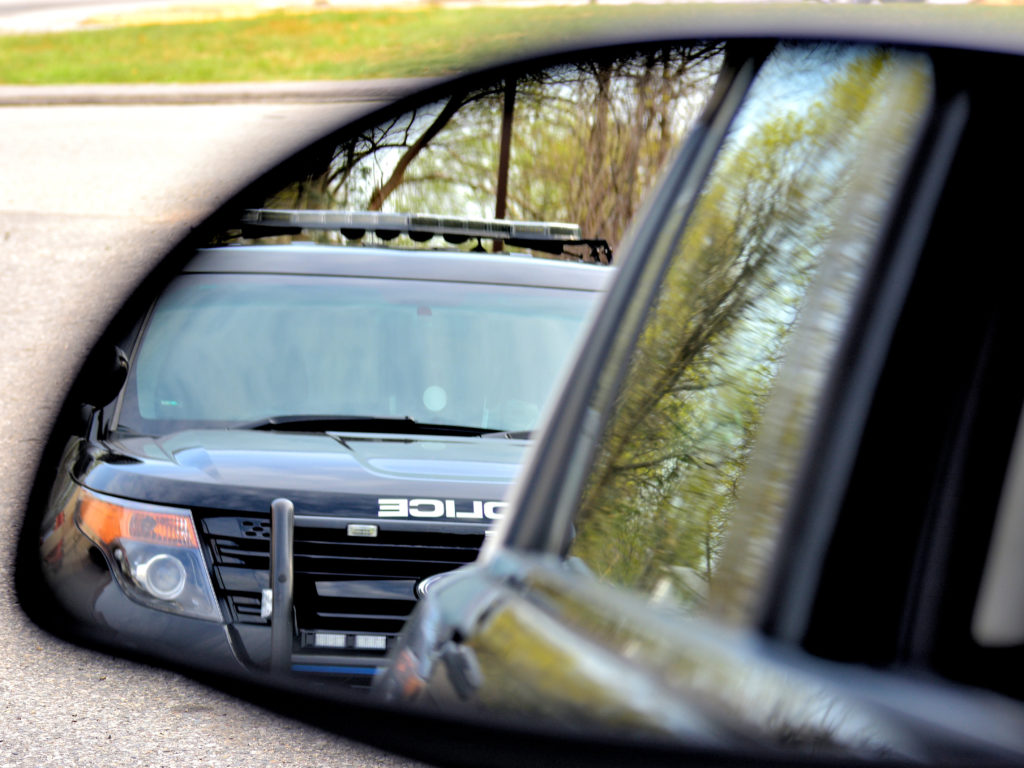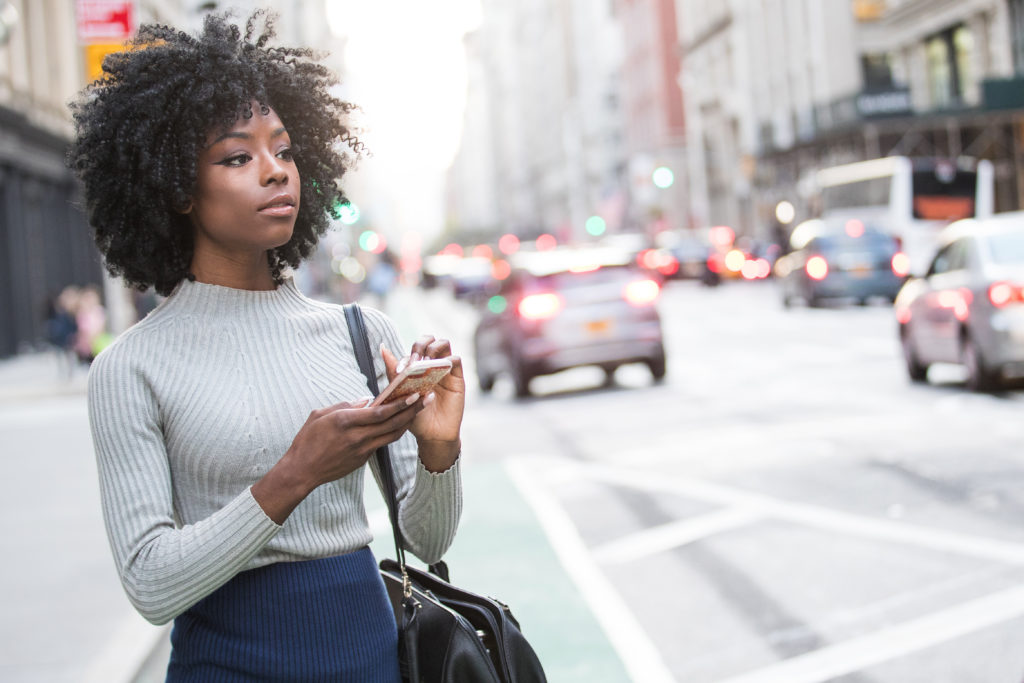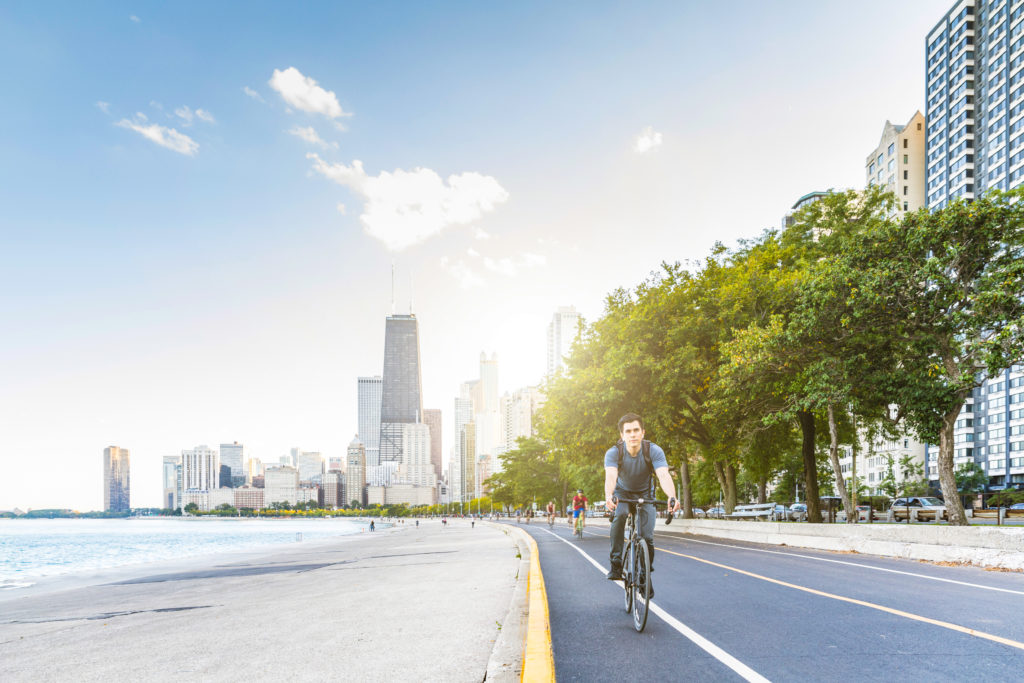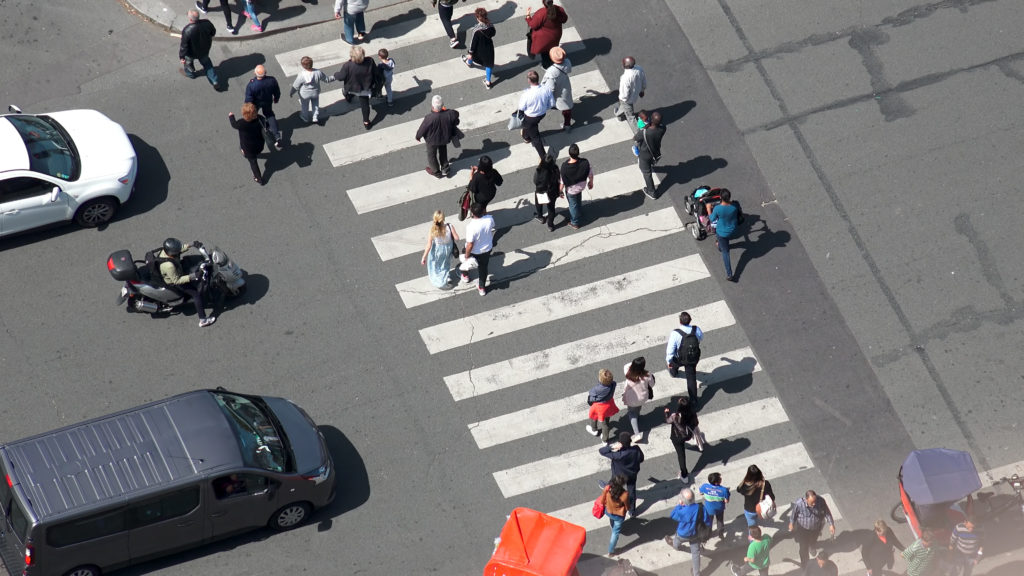
With this summer’s introduction of e-scooters to the streets of Chicago, much of our coverage and interest has revolved around how the City plans to not only curb traffic incidents arising from scooter users’ inability to follow the makeshift laws that have been established throughout the Summer, but the overall affects such riders have on pedestrians, bicyclists, and cars that are navigating the streets alongside them. Thrown to the wayside among this news cycle has been the fact that Chicago has actually experienced a large increase in the number of pedestrian deaths since the beginning of July. As previously reported by Streets Blog Chicago, the Chicago Department of Transportation had acknowledged that pedestrian deaths as of June 2019 had actually seen a 40% decrease year over year. Unfortunately, July proved to be much more dangerous for pedestrians in the city.
According to Block Club Chicago, “between Jan. 1 and July 31, 23 pedestrians were killed in the city. Six of those deaths occurred in July, the deadliest month for Chicago pedestrians since April 2018, when eight pedestrians were killed.” Making these numbers even more problematic is the fact that many safety experts throughout the community believe the issue to be a growing number of vehicles on the road. Unfortunately, the Department of Transportation has also found that one-third of the 23 pedestrian deaths in 2019 occurred in a marked crosswalk. As we have seen time and again, distracted driving remains a likely factor in these types of deaths. And why is that? For starters, our lives revolve around technology that we believe to be easily accessible at any moment. As we are walking down the street, we can video call our friends and family members and simultaneously multitask with the abundant number of apps we have on our phones. It is pretty easy to understand how we become so desensitized to taking our eyes off the road and letting our surroundings take a backseat to what we are really focused on. But that’s not an excuse and it should remain that way as the technology we use in our everyday lives becomes more advanced.
The National Highway Traffic Safety Administration has an entire section on their website pertaining to this topic and we certainly recommend that all drivers become familiar with it. For instance, they state that “sending or reading a text takes your eyes off the road for 5 seconds. At 55 mph, that’s like driving the length of an entire football field with your eyes closed.” In addition, distracted driving, such as texting, has truly proved to be incredibly dangerous with 3,166 people being killed in motor vehicle crashes in 2017. All this goes to say that it just really is not worth it, and the ramifications of such driving pose far greater risks than missing a text or call from someone.
Drivers Are Not the Only Issue
While it may be easy to point fingers at the driver in situations such as these, the reality is that pedestrians may be just as negligent as the drivers themselves. As one-third of the 23 pedestrian deaths in Chicago have taken place in marked crosswalks, it is very likely that several of those instances included a pedestrian who was walking across a crosswalk while looking down at their phone or with it up to their ear. The issue with our lives revolving around these devices is not that they take our attention away from just the road, but our surroundings entirely. As we have previously written, many states have started invoking laws that ban cell phone use in crosswalks. The danger such actions pose is far too high and unnecessary just as they are for drivers. With that being said, the issue may be two-fold; however, we all know that individuals in marked crosswalks have the right of way and we should not be experiencing this issue in 2019. As a society, we have had years to adjust and understand the ramifications of these devices. It’s upon us now to make certain that drivers understand their actions and pedestrians do all they can to be safe. As Chicago has clearly had a far better year than previously regarding deaths, all it takes is a bad day and series of unfortunate circumstances for these accidents to take place. Unfortunately, whenever we see such accidents occurring where they shouldn’t, it makes the alarm bells sound and we must acknowledge that something is wrong. As Chicago becomes more populated and the number of drivers on the road increases, it will become more dangerous, but it really does not have to be that way. Distracted driving does not have to be a thing because we control these devices. We should be doing everything we can to curb it.
